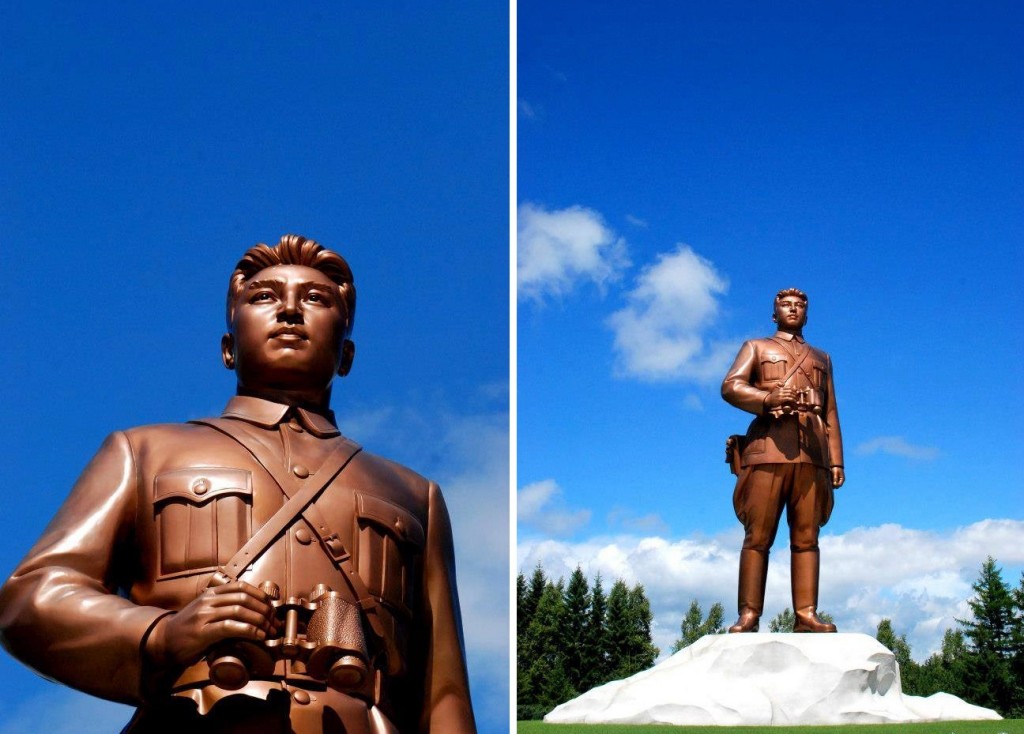For the past year or so whenever the subject of North Korea comes up (and it does quite a bit especially when you work on a great program like the U.S. Congress – Republic of Korea National Assembly Exchange Program), folks always ask me what was it like going there, how did I get to go there in the first place and why, and is it that weird as the media portrays it. Aside from the Korean experts I had the privilege of getting to know over the years, most younger folks get their news about North Korea from social media and lists of any kind are especially popular. Last week I came across an article on the Telegraph’s Travel Section title 10 things you didn’t know about North Korea. Unlike most (here and here a few more), this one is nice and illustrated but, I must say, quite “thin” on its facts.
With that in mind I thought I’d do one better and make my own list of not ten but 15 things I bet you didn’t know about North Korea! To illustrate my list I also used a few photos I took during my travels there. So while I didn’t know the North Koreans were just about to detonate a hydrogen bomb here some of the things I do know:
1. All the apartments in North Korea are state property. They are only “given to be used” to those who live in them, and should they not properly “respects the values of DPRK” they can have that “privilege” taken away. The implication here is that the alternative housing will be a jail in the best of instances or a labor camp in the worst.

2. The residents of the above mentioned apartments are not allowed to put up blinds, curtains or other any other object which may obstruct the windows or implicitly, the ability of others to see inside the said apartments.

3. One cannot leave the house without wearing the pins with the portraits of the “Eternal President” Kim Il Sung and of the “Supreme Leader” Kim Jong Il. These pins vary in size and shape and are an unspoken guide to the social standing of the wearer.
4. The Juche Tower in Pyongyang was built to be (almost) a meter taller than the Washington Monument in the Nation’s Capital. Despite what the folks at the National Park Service may say, Juche Tower is in fact the tallest granite monument in the world.


5. The Arch of Triumph in Pyongyang was also built to be 10 meters taller than the original in Paris.

6. There are virtually no traffic lights in Pyongyang; traffic (in as much as there is one) is controlled by the famous Pyongyang Traffic Ladies. And when I say “famous” I do mean it – they have a cult-like following on the web. Just Google them!


7. The names of the three Kims are always written with a font that is a bit larger than the rest of the text. Also, when their picture appears on the front page of a local newspaper, these have to be folded in such a way as not to bend the said photo.

8. Visitors to North Korea are not allowed to take partial photos of the statues of the two Kims (as far as I know they have yet to erect a statue of the “little” Kim). Only photos that include the whole body are allowed.

9. Men (and I think women) are forced to choose from a list of 29 state-approved haircuts. Neither one resembles the current haircut of Kim Jong Un.
10. The USS Pueblo is the only U.S. military vessel controlled by an (enemy) country – North Korea. The boat is anchored in down-town Pyongyang and serves both as a “tourist attraction” and a source of propaganda that vividly demonstrates the aggressiveness of the country’s public enemy no. 1, the U.S.!


11. Most of the villages in North Korea were systematized – meaning that all the old / original houses were torn down and the entire village was rebuilt using the same floor plans and the same materials.


12. The Pyongyang Metro (which has its own special museum to document the “on spot guidance” provided by the great leader Kim Il Sung during its construction) is only available on one side of the Taedong River which divides the city in two. Sadly, North Korean engineers have been unable to build a tunnel under the river. Two alleged tempts ended in massive collapses and significant loss of life.



13. Kim Il Sung played a perfect game of bowling the first time he tried the game. The pins and the ball used during that game are placed prominently in the lobby of the main Pyongyang bowling arena. Such “achievements” however, are apparently not that unusual. It is being said that he also played a perfect game of golf – the first time he stepped on the green. Given such accomplishments he could have been the one-man team of North Korea at the Olympics!


14. The three Kims not only travel(ed) in private jets and private trains but they also have their own dedicated train stations and even separate airport terminals. These are only for their own personal use and cannot be used by any other dignitaries!

15. The Communist Party of North Korea (officially the Korean Workers Party) is the only one who doesn’t have as its symbol a hammer and sickle. Uniquely, the Party’s symbol includes, besides those two traditional tools, a calligraphic brush. This is to represent the “working intellectuals” of the country.

















